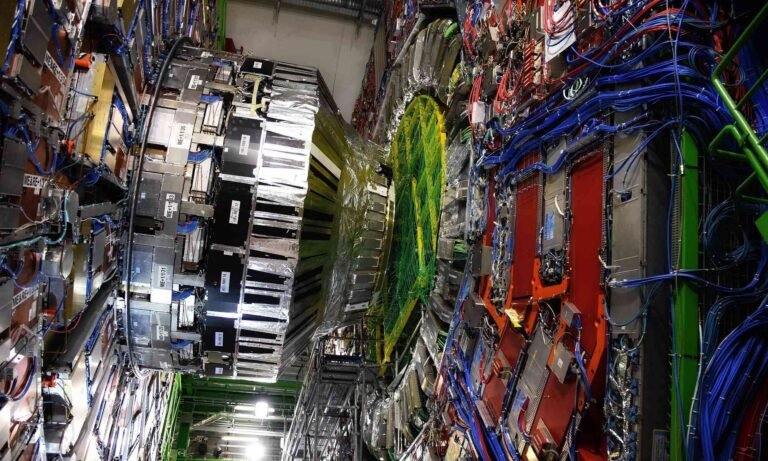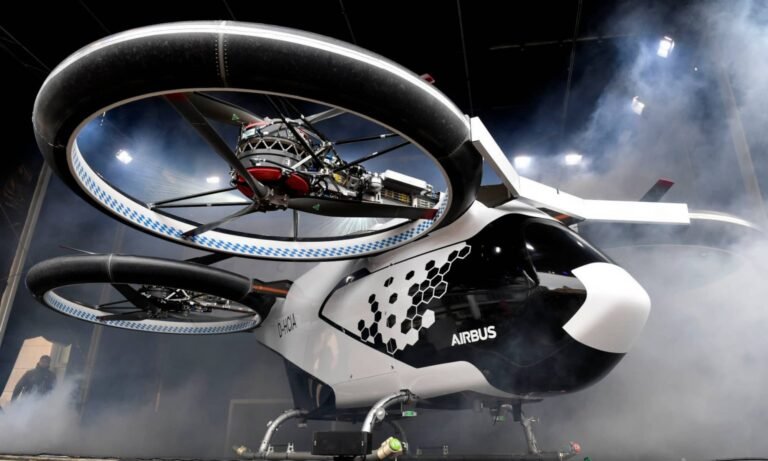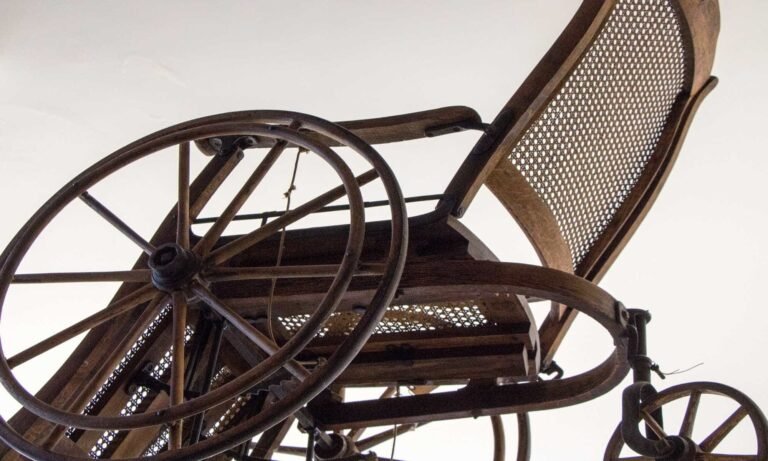Disruptive Innovations: Shaping the Future
Don’t imitate – innovate! What is an innovation? It’s the process of translating an idea into an original product or service which satisfies a specific consumer need. Basically, there are five types of innovations:
- Disruptive innovations utilize old technology in new ways, harness the power of modern technology and create new business models → Example: Personal computer
- Breakthrough innovations employ new technologies, create new (so far unknown) demands and forever change lives as we know it → Example: Electricity
- Radical innovations bring new benefits to the consumers, create new markets and meet the demands of the current generation → Example: Digital photography
- Incremental innovations add new features, tweak / improve overall designs and are driven by how consumers desire to use the products → Example: Bicyles and bikes
- Sustaining innovations do not shift company’s goals, expand existing product lines to offer consumers more choices and keep the business alive by retaining loyal customers → Example: iPhone
Disruptive innovations are technologies or techniques that significantly alter the way industries operate. These innovations initially emerge in a niche market but gradually transform the mainstream market, displacing established competitors. Examples can range from digital photography outperforming film to streaming services disrupting traditional cable television.
“If you’re not a disruptor, you will be disrupted.”
– John Chambers
Disruptive Innovation Explained
Disruptive innovations typically take hold at the bottom of the market, meeting the same needs as high-market solutions in a simple and relatively cheap way. They are usually underrated at first and tend to be seen as “low-class”. But due to their low costs and other advantages, they move quickly up the market and eventually become more appealing than their sophisticated competitors.
Clayton M. Christensen, Harvard Business School professor and the world’s most influential management guru according to the Thinkers50, lays out his landmark theory.

Innovations are constantly occurring in every industry, but to be truly disruptive an innovation must entirely transform a product or solution that historically was so complicated only a few people with a lot of money and skills had access to it.
A disruptive innovation is often a more simple, low-grade solution that’s more affordable and accessible to a larger population, which opens it to an entirely new market. This often upturns established industries and overthrows existing market leaders.
The Qualities & Criterias
They make their top-tier products better and better to serve their most sophisticated and demanding customers, which can seem like a smart business move considering that serving the top of the market increases their profit margins the most. They aren’t bothered by disrupters taking hold at the bottom of the market, because it appears too low-tier and low-gross-margin to warrant attention. But this oversight creates space for new players to get a foothold at the bottom, eventually creeping their way upmarket to topple the incumbent.
There are four important qualities of disruptive innovations to note:
- They are low-cost and highly accessible.
- They have lower gross margins than their contemporaries or the incumbent.
- They serve a smaller low-end target market at first, before expanding to a vast market due to their accessibility.
- They’re hard to see coming and aren’t taken seriously. They quietly, slowly “climb the ladder” and can take years or decades to gain traction before they dramatically upend competitors.
Innovations that aren’t disruptive are electrical vehicles and ride sharing.
- Tesla clearly doesn’t qualify under the traditional definition of a disruptive innovation. In the model described by Clayton Christensen, a new entrant offers substitute products using technology that is cheaper but initially inferior to products offered by mature incumbents. Then the disruptor improves its performance over time, eventually catching the industry either unaware or unable to adapt.
- Uber on the other hand targets people who already use taxi services and doesn’t create an entirely new market.
Potential future disruptors are 3D printing and online education.
- 3D printing truly excels in its ability to enable personalization. This ability to economically create a very limited run of widgets or entire devices – down to a single part run – is what makes 3D printing a truly disruptive technology. Add in the sheer speed of the process and you have a technology that will drive change.
- Perhaps the most promising evidence of online education being a disruptive innovation is the fact that it seems to meet the needs of a different kind of student: The working adult, studying part-time and self-disciplined enough to complete programs through largely independent effort.
Technology will transform how we connect, learn, share and innovate in the future, having broad implications for organizations, workforces, and customers. Whether from great expectations, fears of job security, or uncertainty due to myriad options, technology is challenging leaders to reconsider how they will create and protect value in the future. In the coming decade, access to information will only increase, resulting in constant pressures to drive efficiencies, customize experiences, optimize decision making, and build agile and resilient organizations capable of predicting and delivering value to myriad stakeholders. Successful organizations need to transform their approach to emerging technologies, recognizing that the integration of humans and machines requires investment in both.
“The reason why it is so difficult for existing firms to capitalize on disruptive innovations is that their processes and their business model that make them good at the existing business actually make them bad at competing for the disruption.”
– Clayton M. Christensen
Where Does Growth Come From?
The Role of Market Adaptation
One of the key factors driving growth through disruptive innovations is market adaptation. Companies that are agile and quick to respond to changing consumer needs leverage these innovations effectively. By focusing on enhancing customer experiences, businesses can create a competitive edge, paving the way for growth strategies that are both innovative and tailored to current market demands.
Clayton M. Christensen introduced the concept of disruptive innovations in his groundbreaking book, “The Innovator’s Dilemma” This theory explains how smaller companies with fewer resources can successfully challenge established businesses by innovating in disruptive ways.
He noticed that big, powerful companies at the peak of their power aren’t asleep at the wheel as they are driven out by disrupters. They’re usually innovating away themselves. But these established companies drive what’s called “sustaining innovations” which are modifications and improvements on existing services.
Future Prospects of Growth Driven by Innovation
As we look to the future, the potential for growth driven by disruptive innovations remains significant. Industries are continually evolving, and organizations that embrace change are better positioned to capitalize on emerging trends. The ongoing integration of technology into everyday practices is a prime example of how innovation is reshaping our world, suggesting that growth will increasingly be tied to how well industries can adapt and innovate. Additionally, fostering a culture of continuous improvement and investing in research and development can help businesses stay ahead of the curve. By embracing new technologies and innovative strategies, industries can not only achieve growth but also contribute to a more dynamic and sustainable future.
What’s More

My Blog ( 112 )
Dependence (10) Fiction (10) Karma (9) Landmarks (10) Paramount (9) Spectrum (9) Spotlight (10) Take Off (9) Terra Shapes (9) Trepidation (9) Unique (9) Virtue (9)
Amazing Stuff (9) Beyond Known (10) Controversial (9) Digital World (10) Inequities (10) Innovative (9) Metaphysics (9) Orbiting Entities (10) Our Society (10) Outer Space (9) Value Creation (10) Yearnings (10)

My Interests ( 115 )
Site Forum
Curious to dive deeper and ready to share your thoughts on this? Join the conversation and be part of the FORUM@ericroth.org Your online discussion board providing space for engaging exchanges on specific topics and shared interests across this website.









